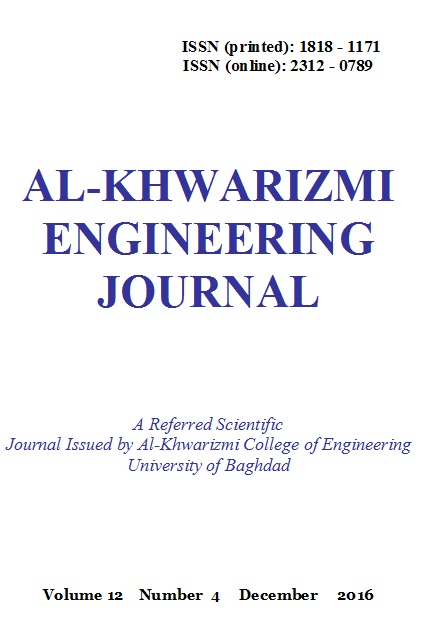Reducing the Water Hardness by Using Electromagnetic Polarization Method
DOI:
https://doi.org/10.22153/kej.2016.07.002Keywords:
Electromagnetic polarization, water hardness, CaCO3Abstract
Hard water does not pose a threat to human health but may cause precipitation of soap or results stone in the boilers. These reactions are caused by the high concentrations of Ca and Mg. In the industry they are undesirable because of higher fuel consumption for industrial use .Electromagnetic polarization water treatment is a method which can be used for increasing the precipitation of Ca 2+ and CO3 2- ions in hard water to form CaCO3 which leads to decrease the water hardness is research has been conducted by changing the number of coil turns and voltage of the system. The spectroscopy electron microscope was used for imaging the produced crystals. Results of the investigation indicated that the electromagnetic polarization can be used in precipitation to decrease the hardness of water due to increase in the precipitation percent of CaCO3.
Downloads
Downloads
Published
Issue
Section
License
Copyright: Open Access authors retain the copyrights of their papers, and all open access articles are distributed under the terms of the Creative Commons Attribution License, which permits unrestricted use, distribution, and reproduction in any medium, provided that the original work is properly cited. The use of general descriptive names, trade names, trademarks, and so forth in this publication, even if not specifically identified, does not imply that these names are not protected by the relevant laws and regulations. While the advice and information in this journal are believed to be true and accurate on the date of its going to press, neither the authors, the editors, nor the publisher can accept any legal responsibility for any errors or omissions that may be made. The publisher makes no warranty, express or implied, with respect to the material contained herein.
















